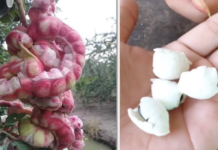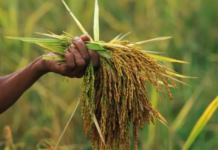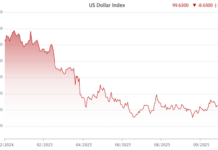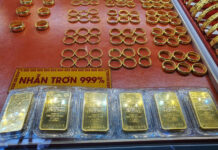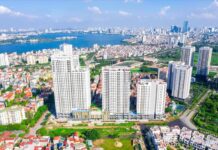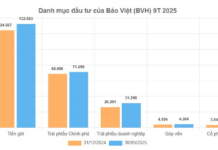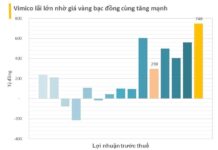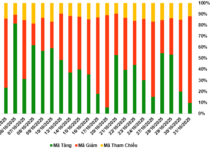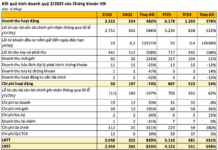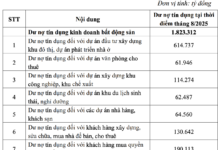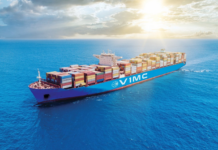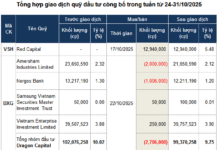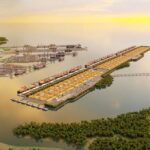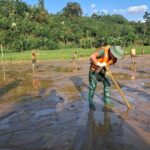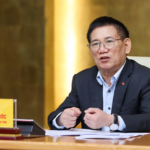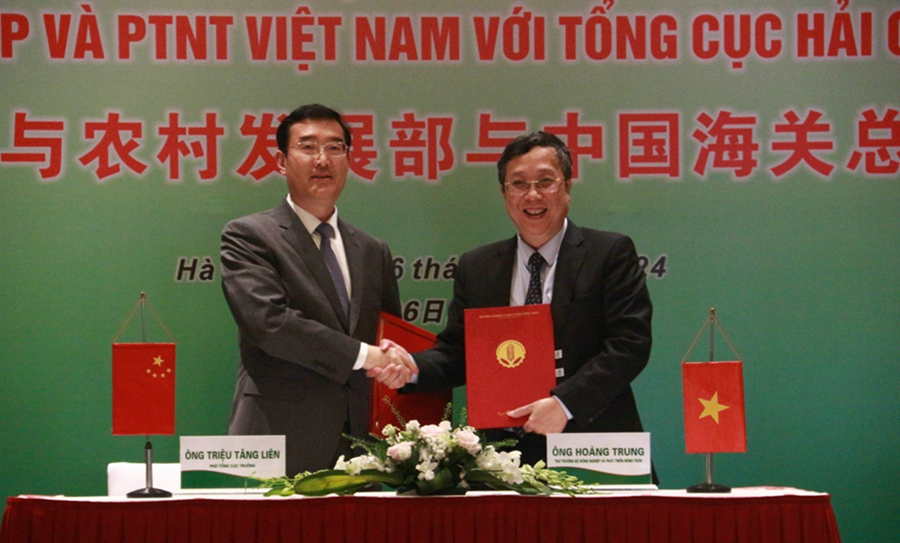After nearly a year since the first Trung Nguyen Legend franchised cafe debuted in the US, in July 2024, the Trung Nguyen Legend Group continued to open two more cafes in San Jose, California. These are the first two spaces of the Trung Nguyen Legend Coffee World model and the fourth cafe of Mr. Dang Le Nguyen Vu in the US.
Conquering the Global Market
Also in July, the coffee brand launched eight new spaces in Shanghai, Suzhou, and Zhejiang, bringing the total number of Trung Nguyen Legend coffee shops in China to 18, focusing on major cities such as Shanghai, Beijing, Chengdu, Dongxing, Suzhou, and Zhejiang.
Thus, in just about two years of expansion abroad, Trung Nguyen Legend has established 22 sales points in two large economies, seeking profits while promoting Vietnamese coffee and coffee culture globally. A representative of Trung Nguyen Legend shared that the plan for 2024 is to develop nearly 130 cafes in China, marking the beginning of a long-term plan to reach 1,000 cafes in this market.

HappiTea store (international name for Phuc Tea) in the Philippines. Photo: AN NA
In addition to Trung Nguyen Legend, brands such as Cong, Highlands Coffee, and King Coffee have also successively opened sales points in Europe, Asia, and Southeast Asia, but the number of stores is still modest.
Previously, the Phuc Tea Franchise Company, a well-known tea brand, successfully franchised two HappiTea stores (the international name for Phuc Tea) in the Philippines. Meanwhile, the Phở’S brand is in the final stages of preparation to operate its first franchised store in the country.
Mr. Tran Nhat Vu, Chairman of Phuc Tea Franchise, shared that the two stores in the Philippines have been performing very well, with a high volume of customers after four months of operation. “Before opening the first store, it took us a year to prepare and choose the wholesale franchise model, which means working with only one partner in a market. Our partner in the Philippines is a strong one, and they committed to opening 105 HappiTea branches by 2029” – Mr. Vu revealed.
Representatives of popular chains such as Guta Cafe and La Boong Cafe shared that although they have not yet franchised overseas, they are ready and willing to do so if suitable partners emerge.
Challenges Remain
According to businesses, Vietnamese cuisine is favored by consumers in many countries worldwide. This presents both an opportunity and a favorable condition for Vietnamese F&B chains to expand abroad. Currently, one of the critical factors in increasing the success rate for these brands is localization. For example, Trung Nguyen Legend cafes abroad impress local customers with a purely Vietnamese menu, offering traditional drip coffee and iced milk coffee. Along with these are creative drinks based on espresso, such as Latte, Mocha, Cappuccino, and Americano, all made with 100% Robusta coffee beans sourced from Buon Ma Thuot, Vietnam. “Articles praising the distinctively Vietnamese coffee menu at cafes in the US and China on famous foreign websites have increased the recognition and trust in the authentic Vietnamese coffee chain globally,” said a representative of Trung Nguyen Legend.
Mr. Tran Nhat Vu revealed that when franchising abroad, Phuc Tea does not copy the exact model from Vietnam but makes adjustments to suit the local market. For instance, the drinks are made even more Vietnamese to showcase the country’s specialty, and some ingredients are sourced locally to optimize costs. HappiTea plans to franchise to Malaysia, Taiwan (China), and Dubai (UAE). “F&B brands often encounter situations where foreign partners want to franchise but have limited capabilities, opening only 1-2 branches without ensuring effectiveness. However, from my experience, it is better to accept a few such customers and inform them that you will look for a wholesale partner, and then transfer the partnership to them. Small investors generally prefer to work with local intermediaries rather than directly with the brand owner,” Mr. Vu shared.
Ms. Nguyen Phi Van, a franchising expert and Chairman of the Southeast Asian Angel Investment Network, said that Vietnamese F&B businesses have many opportunities and advantages to franchise overseas, but the journey to realizing these opportunities is challenging. To go abroad, businesses must have a global vision, market knowledge, and internationally prepared models and personnel. These are the challenges and weaknesses of the majority of Vietnamese businesses. “Recently, I led a group of businesses to an exhibition in Shanghai, and everyone was overwhelmed by the level of professionalism and investment in the image and model of Chinese franchising brands. In contrast, Vietnamese brands lack international presence and professionalism, often feeling inferior when competing with international models and brands,” Ms. Phi Van observed.
According to Ms. Phi Van, to have more businesses export their models and brands abroad, support from the government is necessary. Additionally, there should be large Vietnamese companies that understand the highest value of the value chain—exporting models and brands rather than just products and raw materials. These large companies will lead and create a wave for smaller brands to follow. “With the current state of Vietnamese brands, it is difficult for foreign investors to accept franchising a Vietnamese brand without a leading team to guide and negotiate. A whole franchising ecosystem is needed to accomplish these tasks,” Ms. Phi Van concluded.
Foreign F&B Chains Continue to Enter Vietnam
On the other hand, Mr. Do Duy Thanh, Director of FnB Director – Horeca Business School, shared that since 2021, many foreign F&B chains have successfully entered the Vietnamese market, so many new brands are looking for franchise partners in the country. The majority of these are F&B brands from Asia, as the culinary culture is similar, and Vietnamese consumers have a high usage rate. In contrast, European and American brands mainly focus on fast food, and full-service restaurant models are less common, as customers’ primary purpose is to “experience” them.
According to Mr. Thanh, foreign F&B chains entering Vietnam demonstrate professionalism in management and models and typically have a long-term investment mindset, ensuring stability and consistency in quality and service to maintain their market segment. Even the popular brands have a systematic approach, and an essential factor is that Vietnamese people tend to favor foreign brands, making it easier for foreign F&B investors to find profits.
Why is Vietnam Spending $1 Billion to Import from Cambodia a Commodity that the Country Exports Top in the World?
In just the first seven months of 2024, Vietnam spent over $1 billion to secure 95% of this commodity from Cambodia.
Deputy Prime Minister: Comprehensive Environmental Impact Assessment of the Can Gio ‘Mega Port’
As the Can Gio port project is associated with Vietnam’s first-ever World Biosphere Reserve, it holds immense value and significance for Ho Chi Minh City and the region. Due to its potential environmental implications, Deputy Prime Minister Tran Hong Ha has emphasized the need for a thorough and comprehensive assessment of its environmental impact.
The Mighty Thác Bà Hydropower Plant: Unveiling the Power Within
The Thac Ba Hydropower Plant is a formidable power source located on the Chay River in the Yen Bai Province. With a capacity of 120 MW, this plant has been a pivotal energy provider for the region, thanks to its construction and ongoing operation by the Thac Ba Hydropower Joint Stock Company, with initial support from the Soviet Union (now the Russian Federation).


